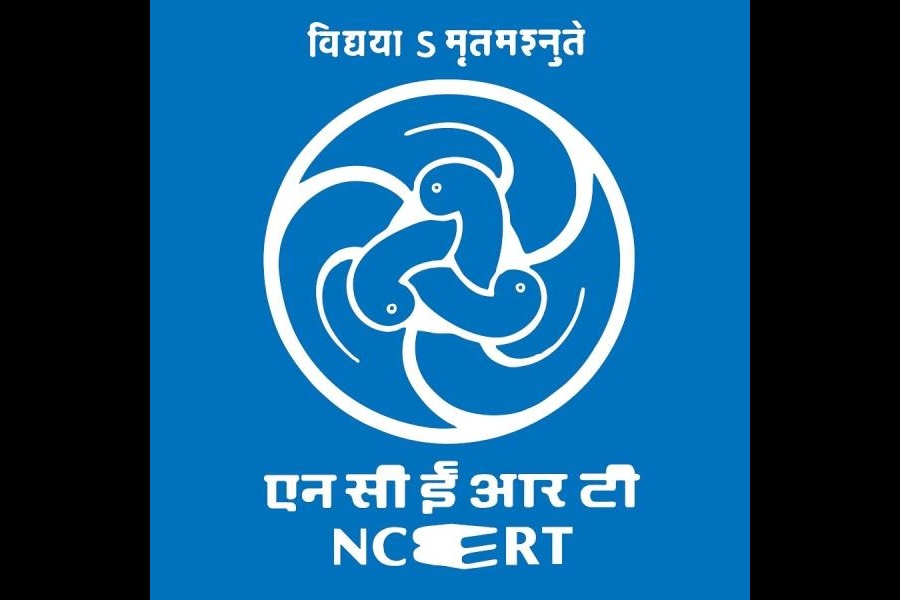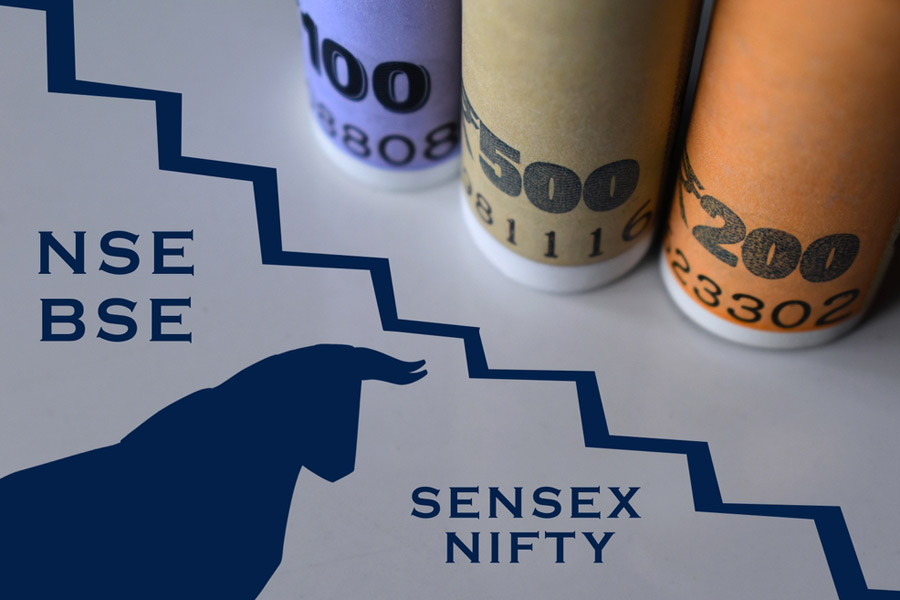
Silchar, June 17: A permanent global positioning system (GPC) observatory centre has been set up in the department of earth science, Assam University, Silchar, to record seismological activities of the region.
The centre was established as part of the memorandum of understanding (MoU) signed between National Geophysical Research Institute (NGRI), Hyderabad, and Assam University.
Assam University vice-chancellor Dilip Chandra Nath inaugurated the observatory centre, which was set up under the aegis of Union ministry of earth science, earlier this week in the presence of Vineet Kumar Gahalaut, a renowned scientist, who is also the director of National Centre of Seismology, ministry of earth sciences. M. Faruque Hussain, head, department of earth science, Assam University, Amit Kumar Bansal, technical officer, NGRI, Hyderabad, research scholars and students of the earth science department of the university were also present on the occasion.
The observatory centre is equipped with a high-precision GPS mounted above a 15-feet high tower and other recording devices that will be recording the earth's crustal movements in the Northeast continuously.
Gahalaut said in the light of seismic vulnerability of the region, establishment of this observatory would be highly significant in recording seismological activities of the Northeast.
He underscored the importance of the centre and said it would help students learn more about earthquakes. Gahalaut at the same time assured that he would try his best to convert the centre into a permanent seismological observatory unit equipped with seismographs and other sophisticated seismic recording devices by getting funds from the Union ministry of earth sciences.
Nath stressed upon the fruitful utilisation of the data acquisitioned in the observatory by research scholars and faculty members of the department for research. The centre would also help train young researchers in the field of seismology, he added.
Hussain told The Telegraph here today that now they could record crustal movement of the earth through the observatory centre.
"All of us know that tectonic plates are moving continuously and now with the help of GPS observatory, we can measure the movement annually. We can now easily detect annual crustal and it will help us in research. We hope that our GPS observatory centre would be soon transformed into a full-fledged seismological observatory," he added.
A report of the National Disaster Risk Reduction Portal stated that according to the plate tectonics, Assam is in the eastern-most projection of the Indian plate that is thrusting underneath the Eurasian plate, creating a subduction zone in the Himalayas.
This led Assam fall under the seismic zone V, making the entire state prone to earthquakes of moderate to very high intensity.










